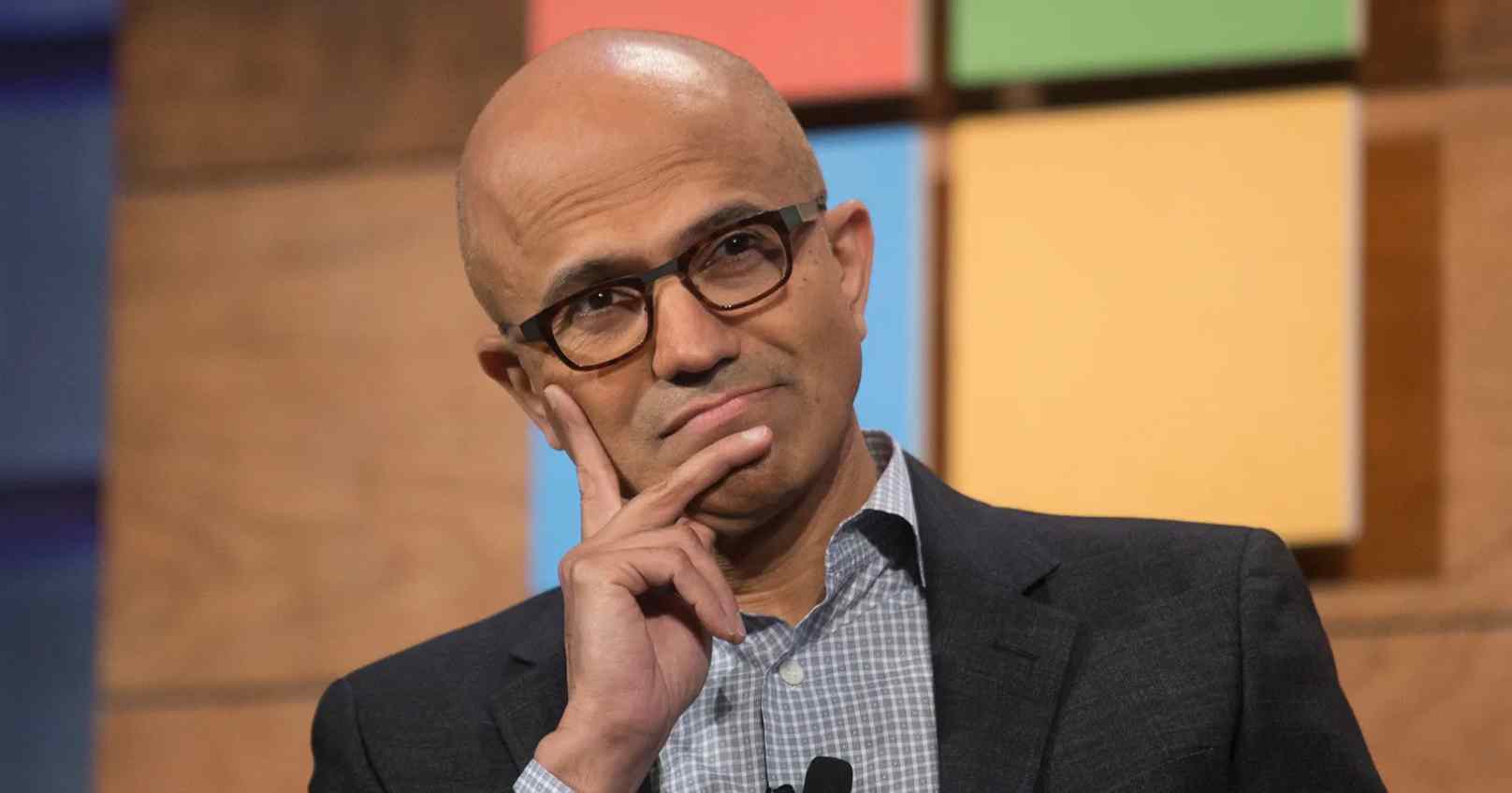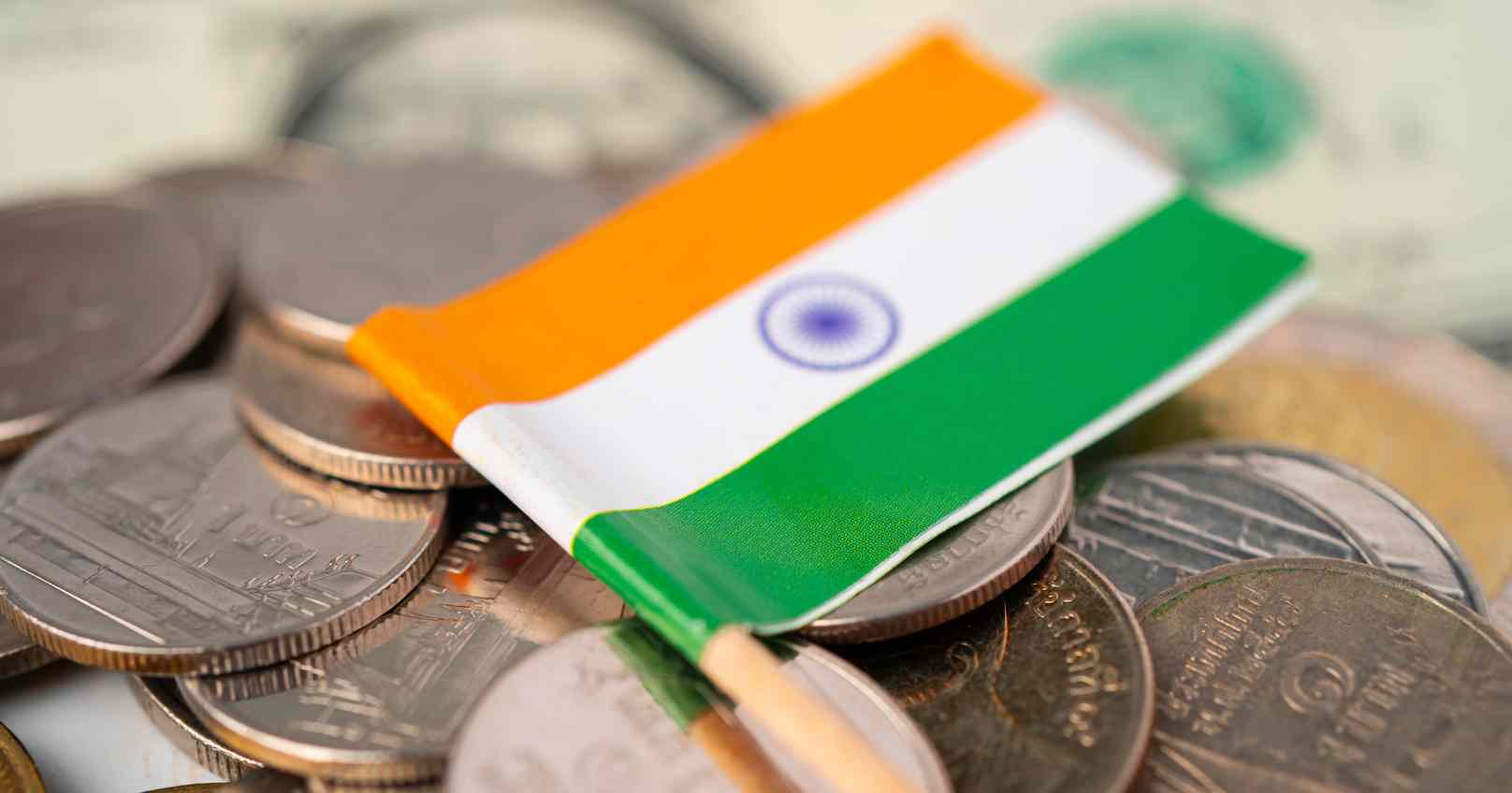VODAFONE IDEA: NAVIGATING THE WAVES - SINK, FLOAT, OR SOAR?
Delve into VI's struggles and its pivotal role in safeguarding telecom market diversity, crucial for preventing a duopoly and promoting consumer welfare
12-05-2024Delve into VI's struggles and its pivotal role in safeguarding telecom market diversity, crucial for preventing a duopoly and promoting consumer welfare
12-05-2024The Merger and its Aftermath
Vodafone Idea (VI), the result of the merger between Aditya Birla Group’s Idea Cellular and the Indian unit of Vodafone Plc in 2018, recently closed one of the biggest follow-on public offer (FPO) worth Rs. 18,000 crores on April 22, 2024. The closure of the FPO with an astonishing subscription of over 7 times after VI raised Rs. 5,400 crores by allotting 491 crore shares to 74 anchor investors shows a strong demand from some of the major global institutional investors namely GQG Partners, UBS, Capital Group, Morgan Stanley, Fidelity Investments, Blackrock, Citadel, and Societe Generale. Notably, domestic mutual funds such as Motilal Oswal, HDFC, Quant, and 360 One were also among the anchor investors.
The FPO allotment witnessed remarkable interest, with a subscription of over 19 times from the qualified institutional buyers (QIBs), 4.5 times from the non-institutional investors (NII), and a full subscription even from the retail segment. The issue priced at Rs. 10-11 a share represented a discount of around 26% from its current stock price of Rs. 14.87 a share. These fundraising issues have set the stage for a wider Rs. 45,000 crore funding from different sources (equity + debt) to help the telco compete effectively and stem rapid subscriber loss.
Market Dynamics and Competitive Landscape
As the VI’s FPO observes such a strong demand from established institutions, a pertinent question arises: What is driving these major institutions to invest in a seemingly failed merged entity and tapping into India’s telecom market which is majorly dominated by two big giants namely, Reliance Jio and Bharti Airtel? Are these institutions merely putting a small sum of money to take a sheer bet on the company with fewer chances of success or do they possess genuine confidence in the potential success of VI? This dilemma is what makes today's investors conscious about not missing the potential investment opportunity.
VI is raising funds to repay vendors like tower companies Indus Towers, to strengthen its 4G network infrastructure, and to fund the 5G services, all in a bid to regain the lost subscribers. On the other hand, its competitors namely Reliance Jio and Bharti Airtel are way ahead in the race of capturing the market share by completing their pan India rollout of 5G services.
Recently, Reliance Jio has become the world's leading mobile operator by data traffic consumption surpassing China Mobile with a total traffic of 40.9 Exabytes compared to China Mobile’s 38 Exabytes in the quarter (Q4, FY 2024), according to the reports from global analytics firm Tefficient. Impressively, Jio also holds the second largest 5G subscriber base with 108 million users, as highlighted in their recent Annual General Meeting (AGM) presentation. By the end of the FY 24, Jio stands at a total subscriber base of 449 million users with an Average Revenue Per User (ARPU) of Rs. 182, as opposed to Bharti Airtel with an estimated total subscriber base of 350 million users by FY 24 at an ARPU of Rs. 211 estimated. Both telecom giants are extremely big sharks, having captured a huge market share and a dominant position.
VI’s strategic dilemma: 4G Expansion Amidst 5G Era
However, amidst this fierce competition, does this fundraiser by VI for expanding its 4G network pan India despite having significant obligations in its books make sense? This move raises questions about its viability, especially when its competitors are way ahead in the race by one generation of technology. Where the competitors are aiming at gaining subscriber bases and deployment of the next generation 5G, which has the potential to shift the consumers from 4G network to the 5G network, VI’s endeavor appears to be a risky venture, potentially leading to burning of cash right now with only slight chances of success.
According to the latest report by the Telecom Regulatory Authority of India (TRAI), the Adjusted Gross Revenue (AGR) earned by telecom companies through the sale of telecom and other stipulated services has increased by 7.84%. Where Bharti Airtel saw a quarterly AGR rise of 3.22%, Reliance Jio’s AGR has increased by 2.67%, and BSNL’s AGR rose by 2.31%. On the other hand, VI’s AGR has dipped by 0.65%. In the net terms, Jio’s AGR stands at Rs. 24,862.85 crores, followed by Bharti Airtel’s at Rs. 20,480.58 crores, BSNL’s at Rs. 2,011.84 crores and VI’s at Rs. 7,459.08 crores in December Quarter 2023, which for VI is one-third that of the two big companies, and one-seventh of the overall combined total of both the companies operating at large scale in the market. Furthermore, the report highlights that the number of telephone subscribers in the country has reached 1,190.33 million by the end of December 2023, with over 800 million having subscriptions of either Jio or Airtel. This again shows a weak position of VI as compared to its peers in the telecom industry.
Where the merger between Vodafone and Idea, one of the biggest in the Indian Telecom Industry should have formulated synergies for both the companies together, its execution has been marred by a lengthy process, taking a time period of over 18 months. Such a prolonged period carries the possibility of shift in the market dynamics as well as the disappearance of synergies as the competitors plan strategic moves to capture the market share.
The need for such a merger arose after the entry of Reliance Jio in 2016, which completely changed the landscape of the telecom industry. Jio entered the market with a penetrating pricing model, offering free services with a strong network for over six months, gaining the attention and confidence of the consumers. Jio’s entry not only impacted Vodafone and Idea but also affected Bharti Airtel, which found itself in a head-to-head competition. Despite facing similar challenges, Bharti Airtel managed to sail over the troubled times and protect itself with the help of implementing a strategic roadmap over a few quarters which Vodafone and Idea failed to do so even after merging together.
Challenges and Expectations
The merger was expected to create a company with the largest market share with cost synergies, energy savings and operational efficiency. However, a slew of internal and external factors did not let these synergies be fruitfully realized. Despite the initial optimism, the company faced a downward spiral with continuous losses and declining market share. Thus, the company required recurrent infusion of funds to keep up with the competitors which made the promoters lose interest in the business. Furthermore, the latest developments where the Supreme Court had asked Telecom companies to pay a huge amount of Rs. 1000 billion to the Department of Telecommunications increased VI’s financial burdens. The delay in the merger led to a delay in realizing expected synergies and the company suffered huge AGR dues. This led to an increase in the cost for the business with no existing profits. Moreover, there existed both employees’ and customers’ dissatisfaction for VI as the merger led to changes in cultural orientation of the company for the employees and poor connectivity, low internet speed and frequent call drops for the customers.
With a huge amount of obligation on its head of approximately Rs. 2.2 lakh crores, VI faces a looming risk of getting trapped into a vicious cycle of debt repayment. Without a significant improvement in their performance and cash flows over the period, the company may resort to continuously raising capital and accumulating debt to sustain its operations. To add to its difficulties, the competitors of VI have started expanding 5G network reach and soon will start deriving profits from the same whereas VI will be struggling with expanding its 4G network. Thus, there needs to be some strategic shifts in the business approach to keep the competition going and generate cash flows. In order to make the best out of this merged entity and the new investments, the company needs to focus on rapidly increasing its operations, identifying profitable regions to prioritize investments to generate cash flows, simplifying its offering structure for the consumers, brand marketing and cost optimization. However, even with these measures in place, it may take several years for the company to get back on its feet. Until then, the company risks being a cash burning machine, potentially taking away huge amounts of invested money. Therefore, urgent action is imperative to steer VI away from becoming a mere casualty of its financial burdens.
A Path Forward
In order to restrict the formation of a duopoly in the telecom industry, there exists a need for a third company like VI to stay in the market. A duopoly could harm customers ultimately by charging higher prices for the internet over time. In today’s world, where the internet is widespread and every human is addicted to the internet, this could significantly impact a huge chunk of people's pocket at a later stage. Today, the price of internet in India is among the cheapest available in the world which has led to increased access to information and education leading to more development through innovation. Whether it be a sheer bet or a confident investment by the institutions, the existence of a competitive telecom company like VI is imperative. Given the telecom sector is an extremely capital intensive sector and it is highly unlikely for a new entrant to make a disruption therefore, the existence of VI is essential to restrict the formation of duopoly and keep the market competitive to benefit the customers.


From financial collapse to a debt-free revival, Anil Ambani is staging a steady comeback in green en
Read More
Microsoft CEO Satya Nadella has clarified that the recent job cuts are part of a forward-looking AI
Read More
India has climbed to the fourth spot in the global economic rankings with a $4 trillion GDP, surpass
Read More